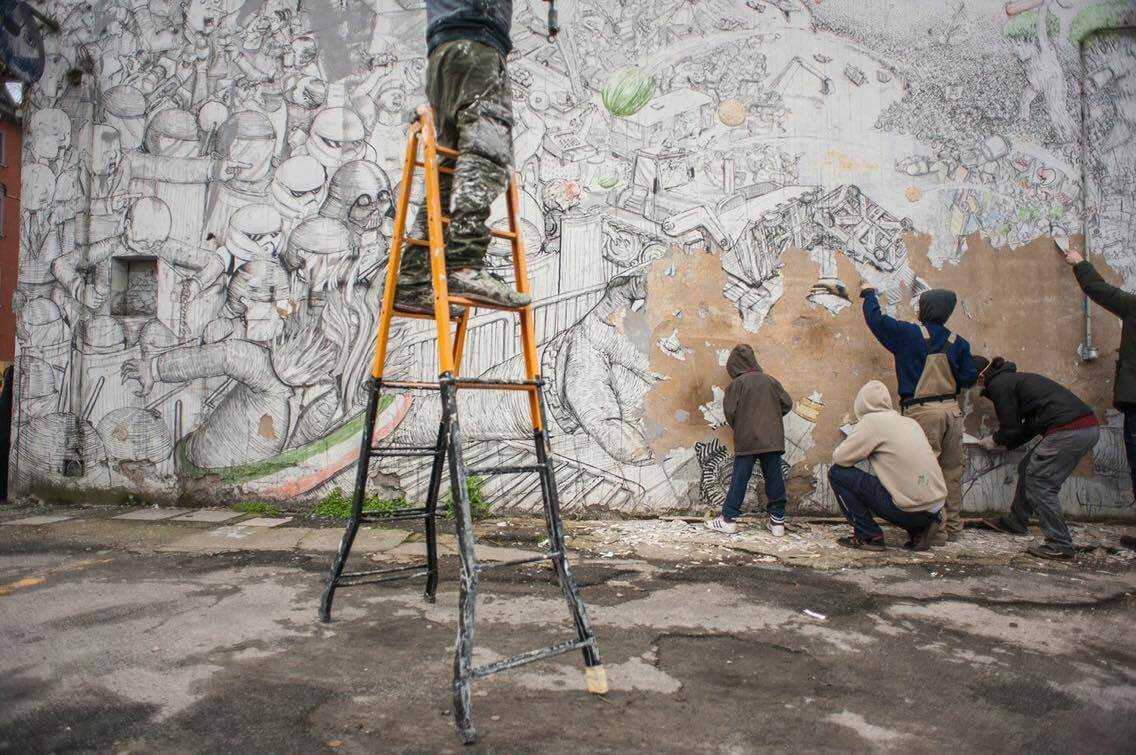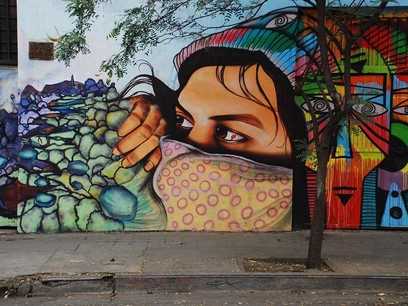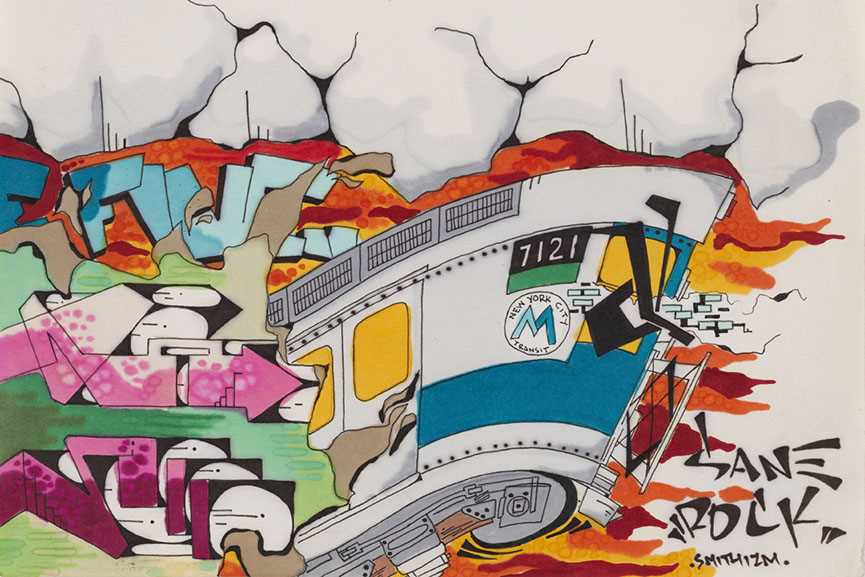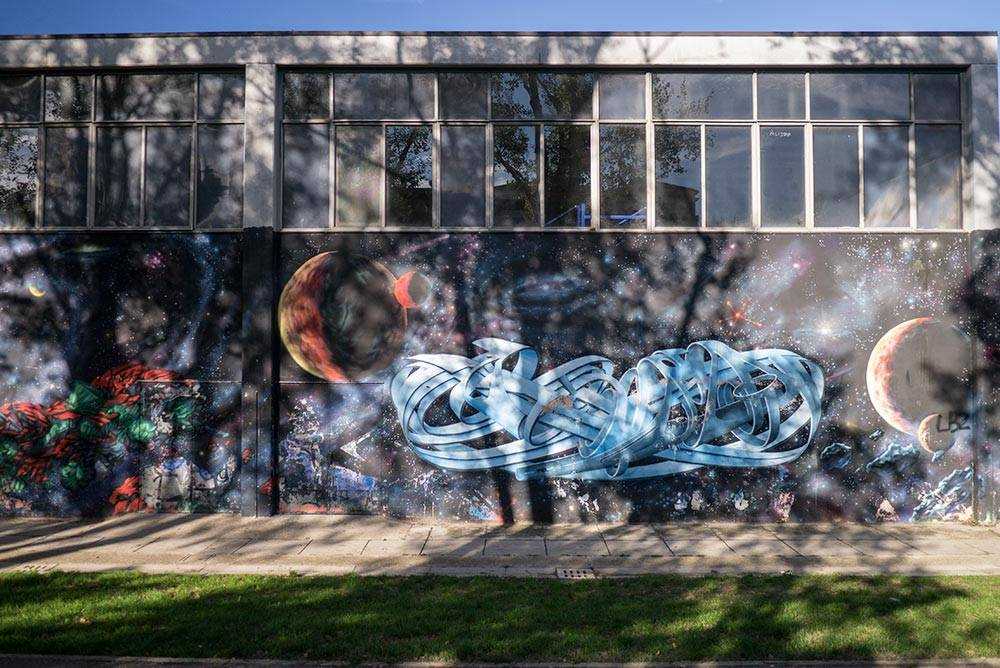
Bologna, the vibrant and historic city in northern Italy, is known for its rich cultural heritage and artistic traditions. But it’s not just the museums and historical sites that showcase the city’s artistic prowess. Bologna also boasts a thriving street art scene that has become an integral part of its urban landscape. From colorful murals to thought-provoking graffiti, the streets of Bologna have become a canvas for artists from around the world to express their creativity and engage with the community.
What sets Bologna’s street art apart is not only its aesthetic appeal, but also the stories it tells and the messages it conveys. For many artists, street art is a powerful form of social and political commentary, providing a platform to address important issues and spark conversations. From environmental activism to human rights, Bologna’s street art reflects the concerns and aspirations of its inhabitants, giving voice to those who often go unheard.
Walking through the streets of Bologna, you can’t help but be captivated by the array of artistic styles and techniques on display. Each mural or graffiti piece is a testament to the artist’s skill and imagination. From photorealistic portraits to abstract creations, Bologna’s street art encompasses a wide range of artistic styles, catering to different tastes and preferences.
Bologna’s street art scene is not confined to a specific neighborhood or district. Instead, it is spread throughout the city, transforming ordinary buildings and walls into vibrant works of art. As you explore the streets of Bologna, you never know what you might stumble upon around the next corner – a whimsical character, a bold statement, or a hidden message waiting to be discovered.
Whether you’re an art enthusiast or simply a curious explorer, Bologna’s street art offers a unique and immersive experience. It invites you to step off the beaten path and immerse yourself in a world of creativity and self-expression. So next time you find yourself in Bologna, take a stroll through its streets and let its urban canvas of expression leave a lasting impression on you.

Graffiti has long been considered a form of vandalism, but in recent years, it has evolved into a respected art form that is celebrated and embraced in many cities around the world. Bologna, with its vibrant street art scene, is a prime example of how graffiti can transform an urban landscape into a colorful and dynamic canvas of expression.
The origins of graffiti can be traced back to ancient times, with early graffiti found in the ruins of Pompeii and ancient Egypt. However, it wasn’t until the 1970s that graffiti truly began to emerge as a subculture and art form in cities like New York City and Philadelphia. It was during this time that graffiti became synonymous with hip-hop culture, with artists using spray paint and markers to leave their mark on walls, trains, and other public spaces.
The Rise of Graffiti as Street Art

As the subculture grew, so did the complexity and scale of graffiti. Artists began to develop distinct styles and techniques, experimenting with lettering, colors, and characters. The rise of graffiti as street art coincided with the emergence of street art movements in the 1980s, where artists like Keith Haring and Jean-Michel Basquiat brought graffiti into the mainstream art world.
Over the years, graffiti has continued to evolve and adapt, with artists exploring new materials and techniques. Stencils, wheatpasting, and guerrilla art installations have become common tools in the graffiti artist’s repertoire, allowing for larger and more intricate pieces to be created with greater ease and speed.
Graffiti as a Medium for Social and Political Commentary
One of the most powerful aspects of graffiti is its ability to serve as a platform for social and political commentary. Street artists have used graffiti to raise awareness about issues such as inequality, racism, and environmental degradation. By using public spaces as their canvas, these artists are able to reach a wide audience and provoke meaningful conversations about important societal issues.
In Bologna, the street art scene reflects the city’s rich cultural and political history. Many of the murals and graffiti pieces found in the city center touch on themes of LGBTQ+ rights, feminism, and immigration. These artworks serve not only as a form of artistic expression but also as a means of reclaiming public space and promoting inclusivity and social justice.
As graffiti continues to evolve and find its place in the art world, it is important not to overlook its roots in urban culture and its role in giving a voice to marginalized communities. The vibrant street art scene in Bologna is a testament to the power of graffiti to transform the ordinary into the extraordinary and to spark conversations that can lead to positive change.
Spray Paint: The Medium of Choice for Street Artists

Spray paint has become the medium of choice for many street artists around the world. Its vibrant colors and quick-drying properties make it the ideal tool for creating large-scale murals and graffiti pieces on urban surfaces.
The use of spray paint as a medium allows street artists to work quickly and efficiently, covering large areas with bold, eye-catching designs. The aerosol cans provide a controlled and versatile tool, allowing artists to create intricate details or broad strokes with ease.
Another advantage of spray paint is its ability to adhere to a variety of surfaces, including concrete walls, metal fences, and even vehicles. This versatility allows artists to transform virtually any surface into a canvas for their expression.
Street artists often choose spray paint for its accessibility and low cost. Unlike traditional painting materials, spray paint can be easily obtained from hardware stores or street art supply shops at an affordable price. This accessibility has made spray paint a democratic medium, allowing artists from diverse backgrounds to express themselves in public spaces.
The Evolution of Spray Paint in Street Art
The use of spray paint in street art can be traced back to the 1970s when graffiti artists in New York City started using aerosol cans to tag subway cars and walls. Over the years, the medium has evolved, and artists have pushed its boundaries to create more elaborate and sophisticated works.
Advancements in spray paint technology have also contributed to its popularity among street artists. Today, artists can find a wide range of colors, finishes, and specialty cans designed specifically for different artistic techniques. From high-pressure cans for fast coverage to low-pressure cans for detailed work, there is a spray paint option to suit every artist’s needs.
Spray Paint Techniques in Street Art
Street artists have developed various techniques to create stunning artworks with spray paint. These techniques include stenciling, where artists use pre-cut stencils to create precise designs, and freehand spraying, where artists use their hand-eye coordination to create fluid shapes and lines.
Layering is another technique commonly used in street art, where artists build up multiple layers of paint to create depth and texture in their pieces. This technique allows for a sense of dimensionality and can create a three-dimensional effect when viewed from different angles.
The use of different caps and nozzles also plays a significant role in spray paint techniques. Artists can swap out caps to achieve different spray patterns, from thin lines to broad strokes, allowing for greater control and versatility in their artwork.
Overall, spray paint has become an indispensable medium in the world of street art. Its ease of use, vibrant colors, and adaptability to various surfaces have made it the medium of choice for many artists. Whether it’s a vibrant mural on a city wall or a thought-provoking graffiti piece, spray paint continues to be an essential tool for self-expression in the urban environment.
Stencils: Creating Intricate Designs on Urban Walls

One popular technique of street art in Bologna is the use of stencils to create intricate designs on urban walls. Stencils offer artists a way to quickly and accurately reproduce their artwork on a large scale.
Using a stencil involves cutting out a design or pattern on a thin and flexible material, such as cardboard or Mylar, and then applying spray paint over the cut-out areas. This allows the artist to produce clean lines and precise shapes, resulting in a more polished and visually appealing piece of street art.
Stencil art offers a wide range of creative possibilities. Artists can experiment with different designs, intricate details, and various color combinations to bring their vision to life on the urban canvas. The use of stencils also allows for the repetition of a specific motif, creating a sense of unity and continuity throughout a city.
Not only do stencils provide a versatile tool for artists, but they also allow for faster execution of their artwork. Compared to freehand painting, stencils enable artists to create large and complex pieces in a shorter amount of time, making it an efficient technique for creating street art in a fast-paced urban environment like Bologna.
Moreover, stencils have the advantage of being easily replicable. Once a stencil is created, an artist can reuse it on different surfaces, resulting in a consistent and recognizable style. This has contributed to the proliferation of street art in Bologna, as well as its widespread recognition and appreciation.
Overall, stencils play an important role in the vibrant street art scene of Bologna, allowing artists to express their creativity, produce intricate designs, and make a lasting impression on the urban landscape.
Murals: Large-Scale Artworks Transforming the Cityscape
Murals have become a prominent feature of the urban landscape in Bologna. These large-scale artworks adorn the city walls, transforming the ordinary streets into vibrant and dynamic public canvases. Created by local artists and international talents alike, these murals add a touch of creativity and color to the everyday lives of residents and visitors.
These wall paintings often depict a wide range of themes, from social and political commentary to abstract and whimsical designs. Each mural tells a unique story, inviting viewers to interpret and engage with the artwork on a personal level. The walls of Bologna serve as a showcase for the diverse voices and perspectives of the city’s artists.
One of the most striking aspects of these murals is their sheer size. Spanning multiple stories and stretching across entire facades, these larger-than-life artworks command attention and transform the surrounding environment. The scale of these murals allows for an immersive and impactful viewing experience, drawing viewers into a world of creativity and imagination.
The Process of Creating a Mural
Creating a mural in Bologna is a collaborative process that involves not only the artist but also the surrounding community. The artist consults with local residents and business owners to ensure that the mural reflects the character and values of the neighborhood. This collaboration fosters a sense of ownership and pride among the local community, creating a connection between the artwork and the place it inhabits.
Murals as a Catalyst for Change
These murals have played a significant role in revitalizing neglected urban areas and creating a sense of identity and belonging. By transforming blank walls into vibrant art spaces, these artworks have the power to change the perception of a neighborhood and attract visitors and tourists. They contribute to the cultural fabric of the city and serve as a reminder of the transformative power of art in public spaces.
| Benefits of Murals in Bologna |
|---|
| Enhanced aesthetics of the cityscape |
| Increased tourism and foot traffic |
| Improved sense of community and pride |
| Engagement with contemporary art |
| Revitalization of neglected urban areas |
The Significance of Graffiti in Urban Culture
Graffiti has long been considered a form of cultural expression within urban environments. Often seen as a rebellious act, it serves as a visual representation of the social and political issues that affect the community.
Artistic Expression
Graffiti is commonly recognized as a unique art form that utilizes public spaces as a canvas for personal expression. It allows artists to convey their messages and emotions through various artistic styles and techniques. The vibrant colors, intricate designs, and imaginative compositions create visually stunning murals that captivate the attention of passersby.
Furthermore, graffiti can introduce a sense of cultural diversity and creativity to otherwise dull and monotonous urban landscapes. It adds a dynamic element to the environment, inspiring conversation and provoking thought among the residents.
Social Commentary
One of the most significant aspects of graffiti is its ability to make a political and social statement. It serves as a platform for marginalized communities to voice their concerns and raise awareness about the issues they face. Graffiti often addresses topics such as inequality, poverty, racism, and environmental degradation, shedding light on these problems that sometimes go unnoticed in mainstream society.
Similarly, graffiti can be seen as a form of resistance against oppressive systems and authorities. It challenges the status quo and encourages individuals to question the existing power structures. By occupying public spaces, graffiti artists reclaim the visual landscape, making their voices heard and demanding attention.
Tags: The Personalized Signature of Street Artists

When exploring the vibrant street art scene in Bologna, one cannot help but notice the abundance of unique and eye-catching tags spread across the city walls. These tags represent the personalized signature of street artists, serving as a distinctive mark that sets them apart from others.
A tag is a stylized signature or symbol, often consisting of the artist’s chosen moniker or alias. It is typically created using bold and intricate lettering, with each artist developing their own unique style. Tags are an essential element of street art, allowing artists to claim ownership of their work and leave a lasting impression on the urban landscape.
The Evolution of Tags
The use of tags in street art has a rich history, dating back to the early days of graffiti culture. In the 1970s, taggers began to personalize their work by adding their signatures, creating a visual identity that represented their artistic persona. Over time, these tags became more elaborate and complex, incorporating various design elements and techniques.
In Bologna’s street art scene, tags have evolved into a form of artistic expression that goes beyond mere personal branding. Today, they serve as a means of communication, conveying messages and ideas to the public. Artists use tags to express their identity, share political or social commentary, or simply leave their mark on the city.
The Importance of Tags in Street Art
Tags play a crucial role in the street art community, allowing artists to establish their presence and gain recognition. They act as a form of artist identification, enabling viewers to associate a particular style or tag with a specific artist. This recognition can lead to opportunities for collaborations, commissions, and exhibitions.
Furthermore, tags contribute to the overall aesthetic and cultural landscape of a city. They transform public spaces into open-air galleries, injecting color, creativity, and personality into otherwise mundane urban environments. The presence of tags adds an element of surprise and delight for both locals and visitors, sparking conversations and inviting contemplation of the artwork and its message.

I am a mural enthusiast and a fervent admirer of street art. Rather than creating murals myself, I am passionate about collecting them. My love for street art knows no bounds. I am dedicated to curating and cherishing these artworks that grace the streets. My collection stands as a testament to my profound appreciation for this form of artistic expression.
read about me



